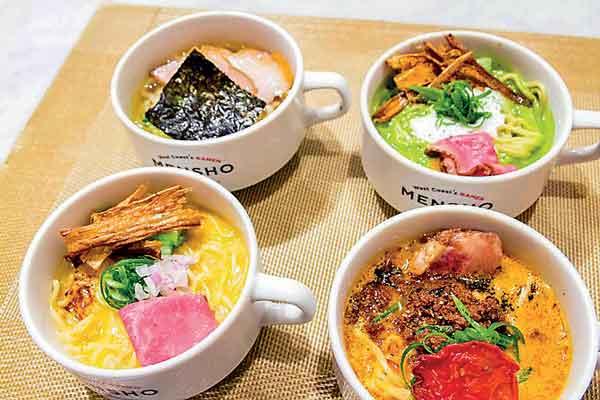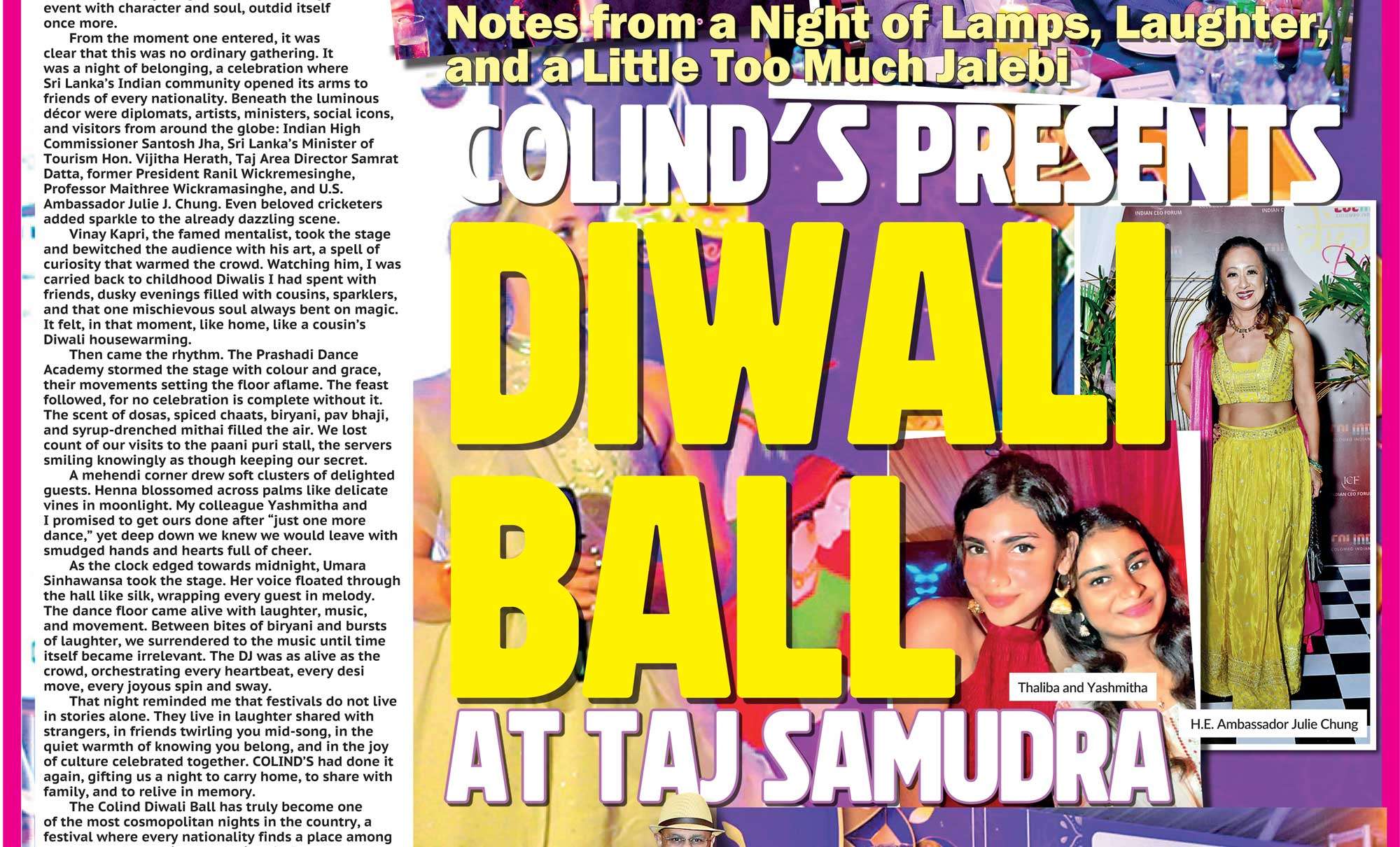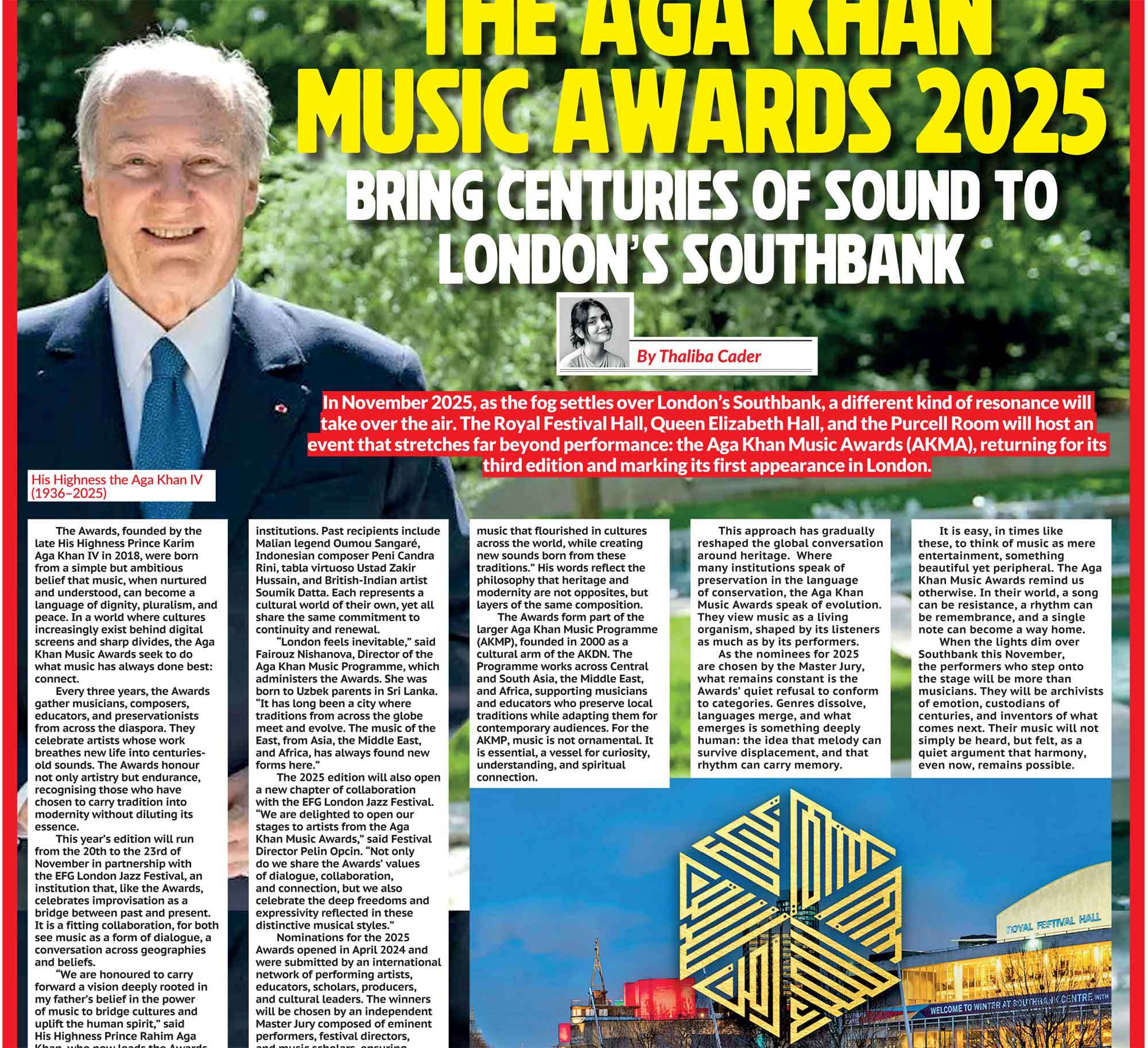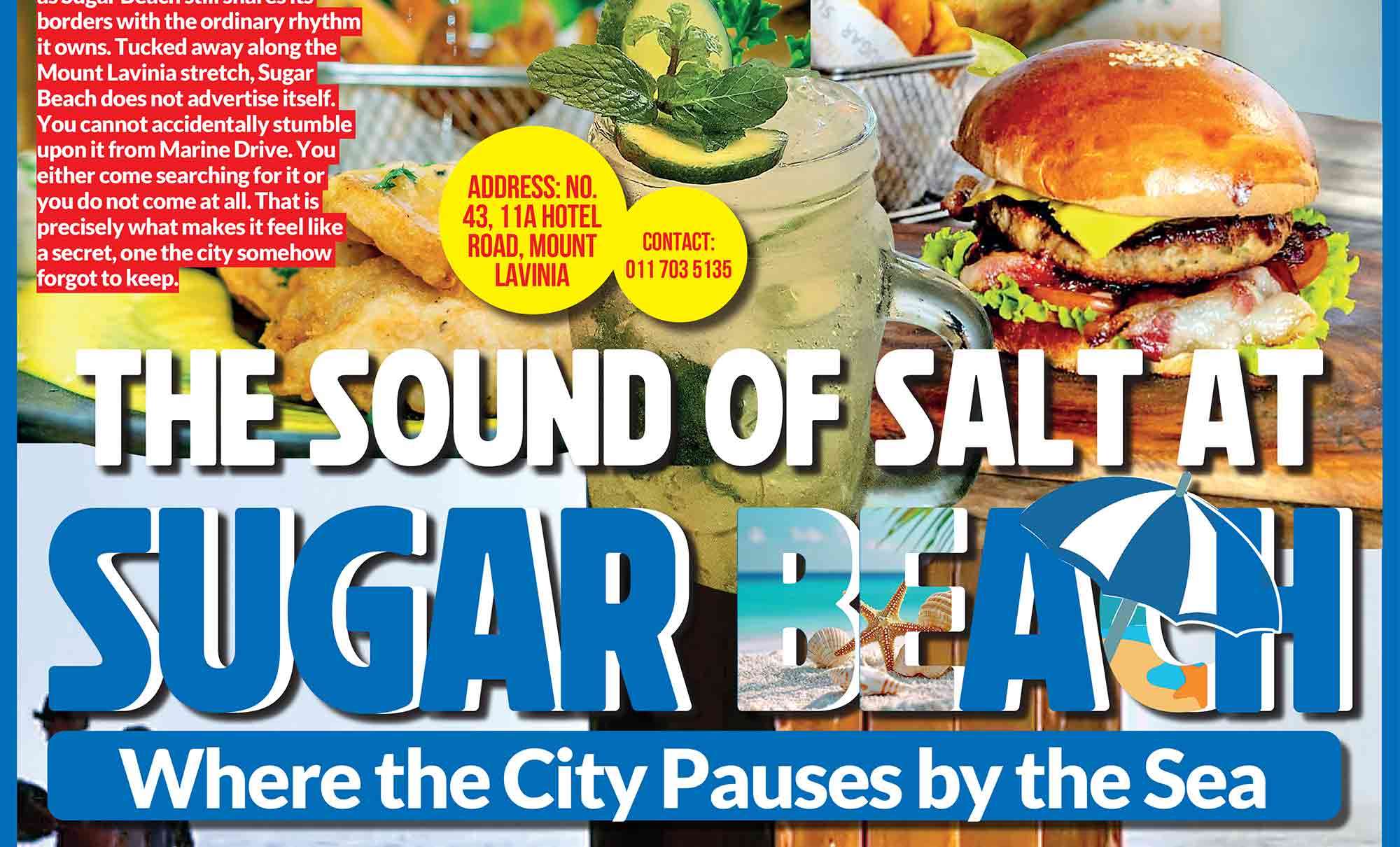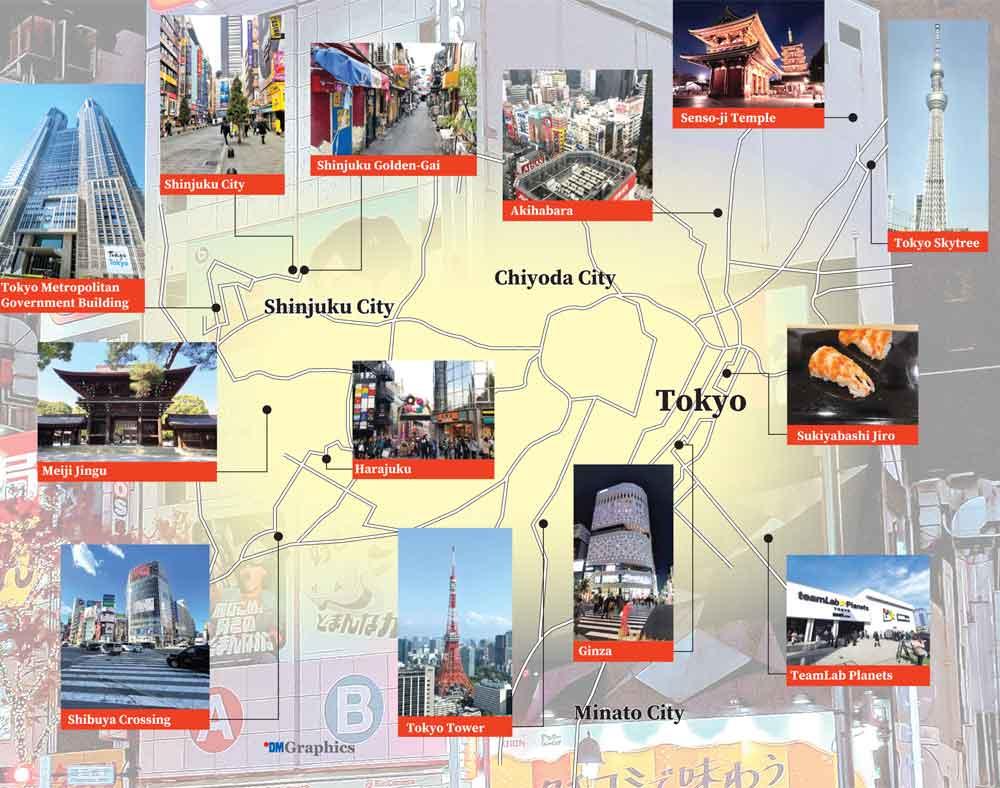
If cities had personalities, Tokyo would be the shy genius brilliant, unpredictable, and endlessly fascinating. A place where a centuries-old temple might sit next to a robot café, and where fashion trends are born before the world even realizes it needs them. Welcome to Tokyo, Japan’s capital, cultural powerhouse, and one of the most exhilarating places on Earth.
 With over 37 million people in its metropolitan area, Tokyo is a sensory overload in the best possible way. It hums, it buzzes, it glows and yet, it also knows how to pause. Where else can you sip matcha in a 400-year-old teahouse, then ride a train that feels like a spaceship? Tokyo isn’t just a city. It’s a universe neon-lit, centuries-deep, and incredibly alive.
With over 37 million people in its metropolitan area, Tokyo is a sensory overload in the best possible way. It hums, it buzzes, it glows and yet, it also knows how to pause. Where else can you sip matcha in a 400-year-old teahouse, then ride a train that feels like a spaceship? Tokyo isn’t just a city. It’s a universe neon-lit, centuries-deep, and incredibly alive.
Beneath the sparkle of skyscrapers and LED billboards lies a Tokyo that still bows to tradition. You’ll feel it in the hush of Meiji Shrine, hidden inside a vast forest in the heart of the city. You’ll hear it in the soft clang of bells at Senso-ji Temple in Asakusa, where incense swirls around visitors hoping for good fortune.
The contrast between ancient and hyper-modern is what makes Tokyo hypnotic. One moment you’re buying a good-luck charm from a monk; the next, you’re walking through Shibuya Crossing, the busiest intersection in the world, surrounded by giant digital billboards and a thousand people moving in every direction.
And yet, it all works in perfect harmony.
Tokyo isn’t one city, it’s many. Each district has its own pulse, its own personality.
- Harajuku is Tokyo’s playground of rebellion and fashion. Think pastel-haired teens, kawaii (cute) culture, and pop-up stores selling things like rainbow grilled cheese or giant cotton candy clouds.
- Shinjuku is skyscrapers and energy drinks, businessmen and late-night karaoke. Climb to the top of the Tokyo Metropolitan Government Building for free panoramic views.
- Ginza glitters like Paris designer shops, fine dining, and quiet elegance.
- And Akihabara? That’s anime heaven. You’ll find maid cafés, retro video games, and endless shelves of manga.
Every train stop is a portal to another world.
Tokyo is a food-lover’s paradise. Not just because it has more Michelin-starred restaurants than any other city but because eating here is an experience.
Start with sushi. But not the kind you grab in plastic trays. In Tokyo, sushi is performance. At places like Sukiyabashi Jiro, a world-famous sushi master will serve you one perfect piece at a time, each shaped by decades of muscle memory.
Craving something cozy? Try ramen. Thick, salty broth, chewy noodles, a slice of pork, a soft-boiled egg. Whether in a standing-only ramen bar or a vending-machine-style shop, ramen is Tokyo’s soul food.
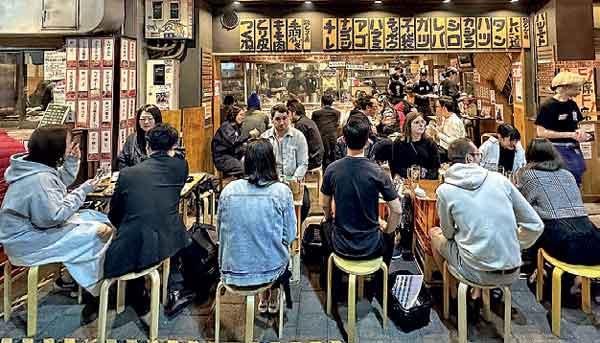
And don’t miss the quirky bites: matcha KitKats, pufferfish sashimi, wasabi ice cream, or even edible origami candy. Yes, Tokyo has that.
Forget taxis Tokyo runs on trains. The subway system here is a marvel of engineering and etiquette. Trains arrive on time, down to the second. People line up politely. No loud phone calls. No chaos. Just quiet efficiency.
But there’s beauty, too: the trains themselves, especially the Yamanote Line, circle the city like a beating heart. Late at night, you might catch a moment of poetry an elderly couple sharing a bento box, a schoolgirl sketching her favorite anime hero, a salaryman dozing off as neon signs rush by the windows.
You’re never alone in Tokyo, but you’re never crowded either. Somehow, in this giant metropolis, solitude and serenity still find you.
Tokyo loves to surprise.
You’ll turn a corner and find a vending machine that sells hot soup. Or a tiny bar that only seats four people, tucked into Golden Gai, a maze of alleyway drinking spots that feel like someone shrunk an entire nightlife district.
There’s a museum of parasites. A robot that makes perfect latte art. A store where you can buy handmade samurai swords, or a $100 melon wrapped in gold foil.
Then there’s TeamLab Planets, a digital art installation where you walk barefoot through pools of water and glowing lotus flowers projected onto walls. It’s like stepping into a dream and the dream keeps changing.
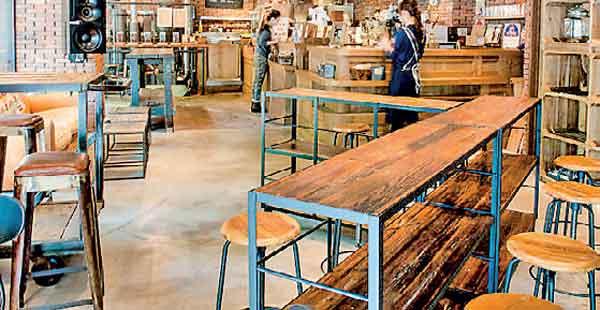
Tokyo isn’t weird. Tokyo is wonderfully unapologetic about being itself.
Just when you think the city might overwhelm you, it softens.
Walk into a 7 a.m. shrine, and you’ll hear only the rustle of trees. Visit a neko café, where you sip coffee surrounded by sleepy cats. Climb to the top of Mount Takao just an hour away, and you’ll forget you’re near a megacity.
Tokyo is a food-lover’s paradise. Not just because it has more Michelin-starred restaurants than any other city but because eating here is an experience.
Even Tokyo Tower and the futuristic Skytree offer moments of calm views stretching out over a city that somehow, impossibly, keeps everything in balance.
Part of Tokyo’s magic is how respectfully it’s run. People follow rules. Sidewalks are spotless. Lost wallets are returned (with cash intact). Escalators have designated sides for standing and walking.
Trains have women-only cars during rush hour. Politeness is stitched into the social fabric.
It’s a city where tradition isn’t just remembered it’s lived.
Whether it’s removing your shoes before entering a home, bowing as a sign of respect, or wrapping your store purchases like gifts, Tokyo invites you to slow down, observe, and join in its rhythm.
Tokyo is not just a city. It’s a living contradiction that works flawlessly: digital yet spiritual, massive yet meticulous, ancient yet evolving faster than anywhere else.
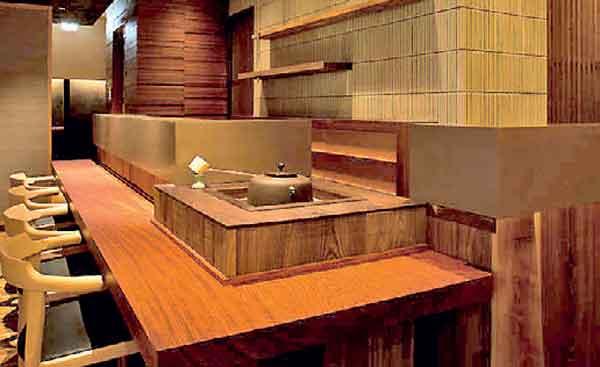
You don’t just visit Tokyo you absorb it. It teaches you that chaos can be graceful, that quiet can exist within noise, and that the future doesn’t have to erase the past.
So, when you leave, Tokyo doesn’t just fade away. It lingers in your senses, your habits, your cravings for ramen at 3 a.m., and in the feeling that maybe, just maybe, there’s a better way to design a life.
Because in Tokyo, even time seems to bow.
